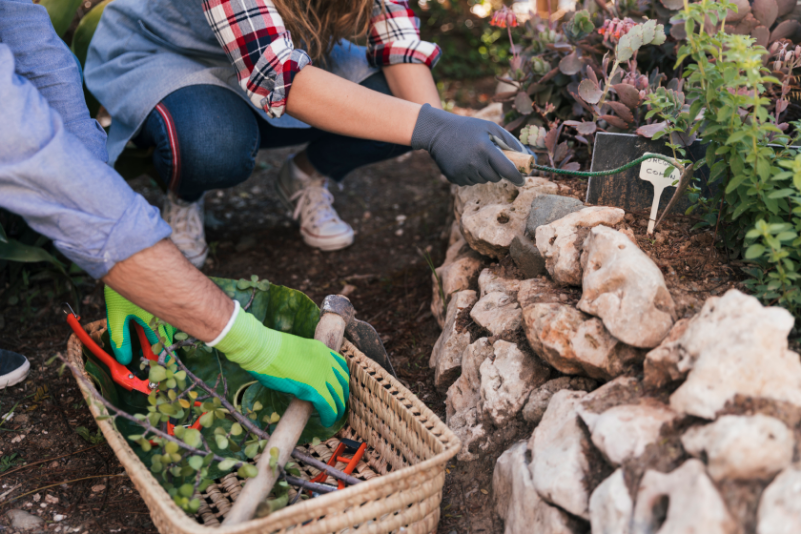In an era marked by environmental awareness and conservation efforts, sustainable landscaping practices have gained significant prominence. These practices not only contribute to the preservation of natural resources but also create beautiful and functional outdoor spaces. Let’s delve into some key sustainable landscaping techniques, including rainwater harvesting, native plantings, composting, and xeriscaping, that can reduce water usage and environmental impact.
Rainwater Harvesting
Rainwater harvesting involves capturing and storing rainwater for later use in irrigation and other outdoor water needs. This practice not only reduces reliance on municipal water sources but also helps prevent runoff, erosion, and pollution. Key components of rainwater harvesting systems include:
- Rain barrels or cisterns to collect rainwater from rooftops.
- Gutters and downspouts directing water into storage containers.
- Filters and screens to remove debris and contaminants from collected water.
- Distribution systems for using harvested rainwater in landscape irrigation.
Native Plantings
Utilizing native plants in landscaping offers numerous benefits, including reduced water requirements, enhanced biodiversity, and improved ecosystem resilience. Native plants are adapted to local climates and soil conditions, requiring less water, fertilizer, and pesticides compared to non-native species. Incorporating native plantings also supports pollinators and wildlife, contributing to a balanced and thriving ecosystem.
Composting
Composting is a natural process that converts organic waste into nutrient-rich soil amendments, known as compost. By composting kitchen scraps, yard trimmings, and other organic materials, landscapers can enrich soil health, improve moisture retention, and reduce the need for chemical fertilizers. Compost also helps reduce waste sent to landfills, minimizing environmental impact and promoting sustainable gardening practices.
Xeriscaping
Xeriscaping is a landscaping approach designed to conserve water and create low-maintenance outdoor environments. Key principles of xeriscaping include:
- Selecting drought-tolerant plants that require minimal watering once established.
- Implementing efficient irrigation systems, such as drip irrigation or moisture sensors, to deliver water directly to plant roots.
- Using mulch to retain soil moisture, suppress weeds, and regulate soil temperature.
- Designing landscapes with water-efficient hardscape features, such as permeable paving and rain gardens, to manage stormwater runoff.
Benefits of Sustainable Landscaping
By incorporating these sustainable landscaping practices, homeowners and landscapers can enjoy a range of benefits:
- Water Conservation: Reduced water usage through rainwater harvesting, native plantings, and efficient irrigation systems.
- Environmental Preservation: Minimized impact on ecosystems, improved soil health, and support for biodiversity.
- Cost Savings: Lower water bills, reduced maintenance expenses, and decreased reliance on chemical inputs.
- Resilient Landscapes: Increased resilience to drought, climate fluctuations, and environmental stressors.
- Aesthetic Appeal: Beautiful, functional outdoor spaces that enhance property value and promote well-being.
Sustainable landscaping practices offer a holistic approach to creating eco-friendly and visually appealing outdoor environments. By implementing techniques such as rainwater harvesting, native plantings, composting, and xeriscaping, individuals and communities can contribute to water conservation, environmental stewardship, and long-term sustainability.
Let Huizar’s Landscape create a landscape renovation plan for your existing yard. There are advantages to renovating a landscape. New concepts are introduced. And your home receives a contemporary look. Contact us.




